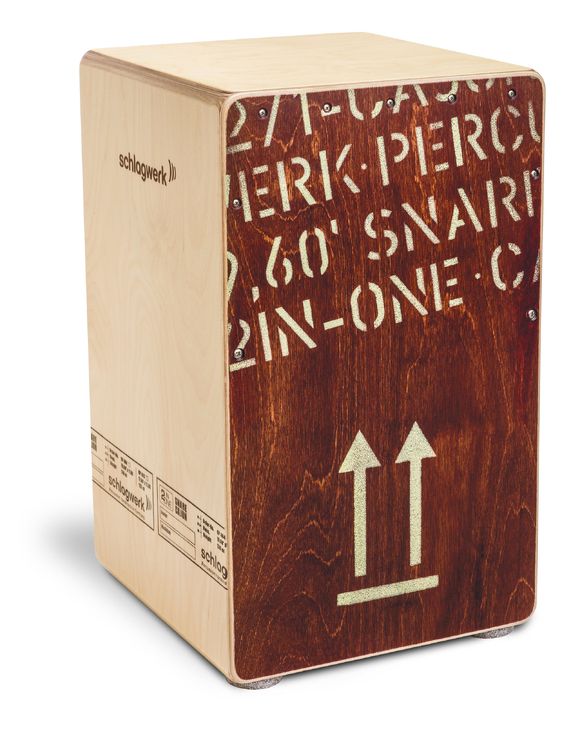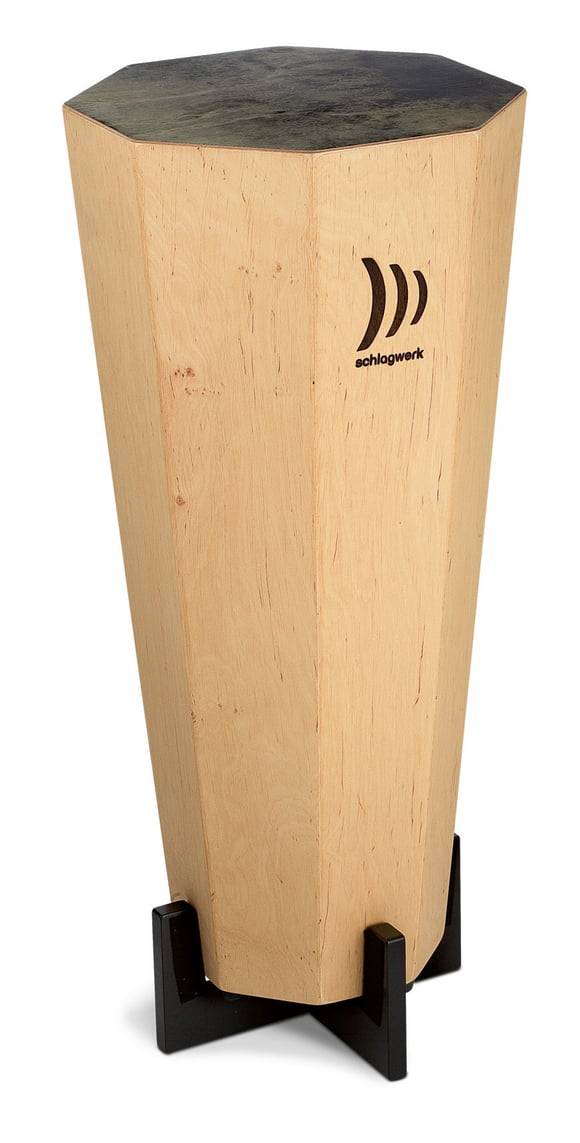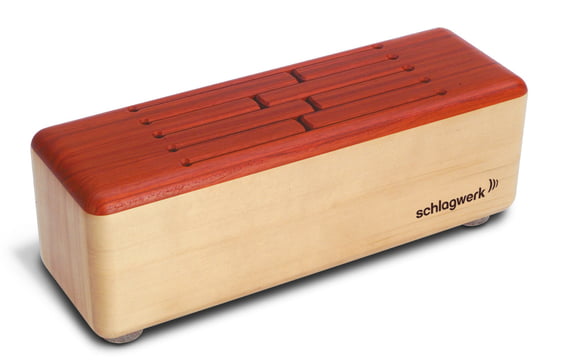3. Wooden Drums
Due to the great variety of drums used in percussion it is useful to divide them into categories. The first type of drums we will explore are wooden instruments, whose playing surface is made of wood rather than animal or synthetic skin. The cajon (box drum) originates from Latin America and was used by slaves who were forbidden to use the traditional drums of their native lands. rumba de cajon rhythms originate from playing a low pitch on fish crates, the middle voice on tobacco crates and the higher voice cigar boxes. Modern cajons have replaced the fish crate and are still used to play rumba music. Some use special materials to create several sounds (snare and bass) on a single box.
The player usually sits on the box and strikes the sides with his hands.

Yambu Drums combine the playing method and concept of a Cajon with the tapering shape of a conga drum. They come in two sizes, the large tumba drum and the smaller conga. The tumba produces the bass notes and the conga produces the slaps and knocking sounds that distinguishes it from other drums.

Slit Drums
Slit drums have a rich tradition in African, Latin American and Indonesian cultures and were used in rituals and as a communication instrument. Today slit drums are used in experimental music, music therapy and even early years music education since they are fun and easy to play. They are usually created from a box with various sizes of wooden bars or tongues cut into the top. These bars create different pitches and can be used to create simple melodies. Tapping them with the fingers or with mallets produce the sonorous timbres these instruments are known for.

Twoja osoba kontaktowa
Lista produktów
Oferty
-
Zestawy Instrumentów Perkusyjnych
-
Instrumenty Perkusyjne dla Dzieci
-
Conga
-
Bongosy
-
Cajony






